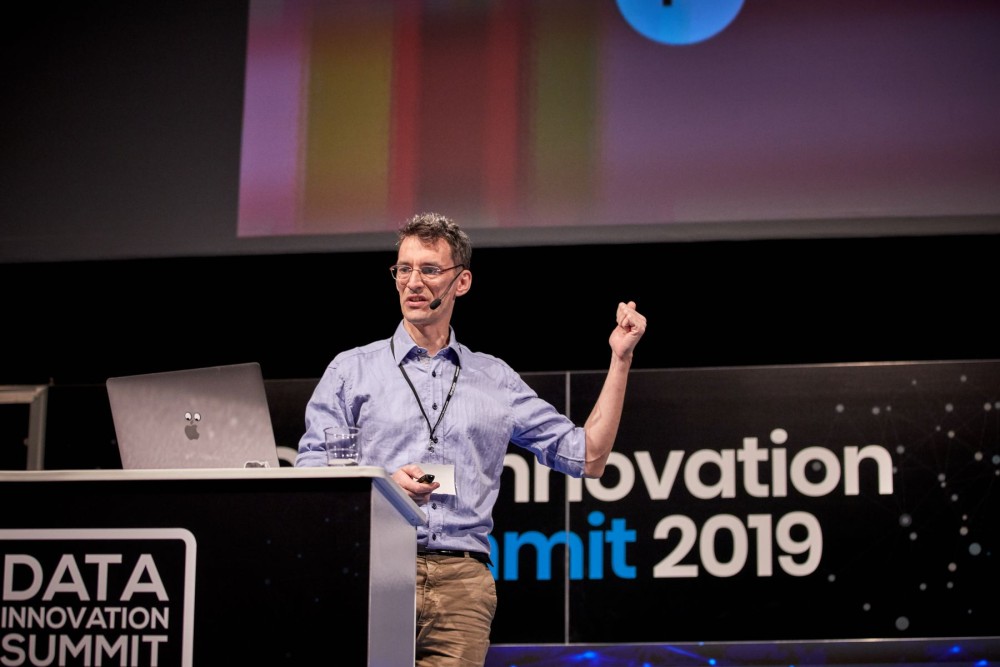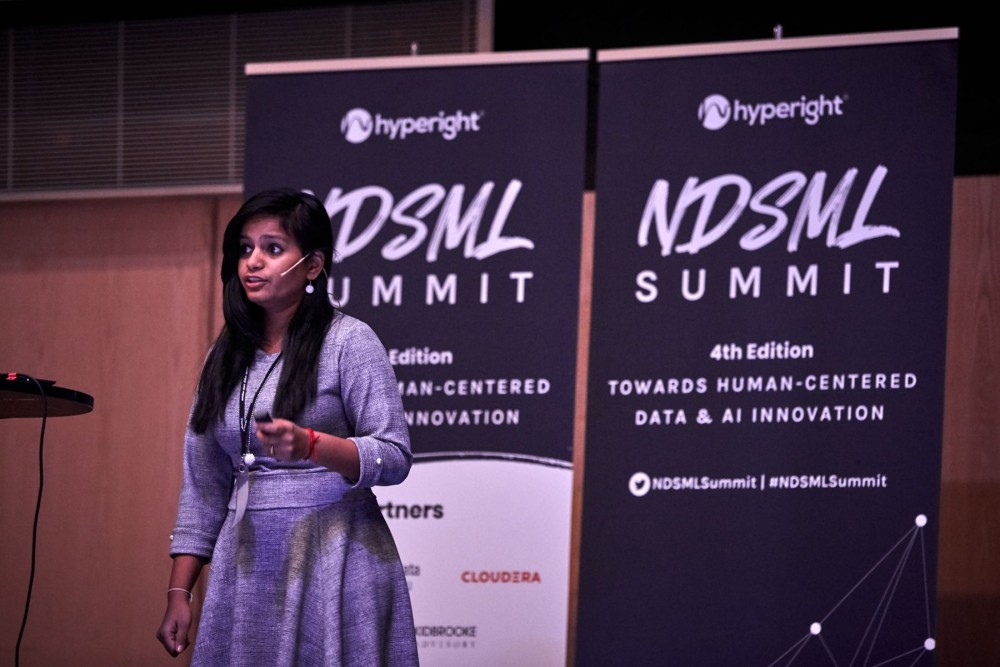Klarna Bank is not just a regular bank. They take the experience of online payment to the next century, for both customers and merchants.
One of Klarna’s main way of simplifying online payment is by providing a minimum friction checkout between merchants and customers. As a payment solution provider, they are the bridge between customers and e-commerce stores.
We are going to see Klarna’s story from an engineer’s and data scientist’s point of view, where first we look into their data organisation and structure, and later we’ll devote the white space to their machine learning models for superb purchase experience.
Klarna services for a seamless checkout
Klarna’s unique value proposition is in the minimum input at checkout and one-click purchase for returning customers so they don’t have to be bothered with filling in details, in addition to multiple payment methods and taking care of payment claims to eliminate risk at both ends, meanwhile promising to improve checkout rates for merchants, summarised Erik Zeitler, Lead Engineer at Klarna at the Data Innovation Summit 2019.


From a technical point of view, all these benefits for Klarna’s service users mean taking care everything is covered and runs smoothly behind the scenes. Specifically for one-click purchase, they ensure automatic consumer identification and fraud prevention, while for multiple payment methods they do a risk assessment for first-time users. Klarna performs all this and at the same time takes steps to optimise the user experience.
The infra team was overwhelmed with questions by engineers and analysts experiencing trouble with data transformation. As a solution, they established a consumer community which takes care of data consumer issues which takes a lot from infra teams’ workload.
Klarna’s data architecture
In terms of data architecture, Klarna has been running a Hadoop cluster which is the core of their data infrastructure. They gather data from various data sources such as relational databases, cloud data sources, message queues, Kafka, etc. These are collected on Hadoop HDFS which stores all input data which goes through data transformations which in turn produce output data that serves different purposes. The output data as a transformation result is exported to lookup databases in the production process such as key-value stores, which are used in production to answer the risk and fraud assessment questions posed to users at checkout.
This data architecture has been serving Klarna well for the last 5+ years, considering that they are increasing the number of data sources by 10 per week, they never had any unplanned downtime and they have never lost any data, claims Erik.
Erik also gives attention to the Lambda function they are using that enables their analysts and engineers to take input data and produce it into output data by expressing the analysis in the form of a function that is applied to all data. The immutability and re-computation properties of the Lambda architecture makes all analyses much easier to express and engineers and analysts, as a result, make fewer mistakes.
Lambda is also useful for tagging data transformations with a version number. They can have two different function versions existing in parallel, which have been applied to the same input data, and can compare them.
By maintaining Lambda and version transformations, Erik points out that they get two advantages: traceability and comparability. Having in mind that the two versions are comparable and applied to the same input data, they can continuously make continuous improvements. If one of the versions performs better, they can remove the other version, and make the better one the default version to which everyone should be subscribing.


Data team structure at Klarna
Klarna’s architecture is set up in a way that data producers are on the left end of the pipeline, the data consumers and the results of the transformation are on the right end, and the data infra team is in the middle. The infra team consists of DevOps taking care of the Hadoop and Kafka systems, software engineers and data engineers. The infra team typically isn’t involved in the input data and only makes sure the infrastructure runs well, whereas data producers and consumers are responsible for the input data. The infra team also facilitates communication between data consumers and data producers.
Having looked at how data architecture is organised in Klarna, we are now going to see how they’re actually personalising the checkout experience.
Klarna’s ML-automated and smooth checkout
Deepa Krishnamurthy, Data Scientist at Klarna also presented her viewpoint of the smooth checkout Klarna offers, focusing on how machine learning enables personalised purchase experience.


Her story portrays the experience of the average online shopper and the hassles they go through to complete a single purchase when at checkout they’re asked to complete a dozen fields of address, shipping and payment options which takes a lot of time, if they don’t give up somewhere in the middle. The matter is even worse when they have to return a product and repeat the whole process.
If this sounds familiar to you, you’re not alone. Deepa mentions that 68% of online shoppers abandon the cart, which amounts to 2.4 carts per person monthly average resulting in 1200 SEK lost per cart.
On the other hand, the scenario where the customer is recommended a product and has already filled in payment and shipping info which makes the shopping experience one click of a button is not only existent but offered at a large scale by Klarna in the form of automated and smooth purchase experience.
Deepa’s team is specifically working on personalised payment selection with the help of machine learning.


Understand consumer payment behaviour with machine learning
As it was mentioned at the beginning, Klarna as the middleman between the buying and selling party cares for both consumers and merchants to be happy. So while making sure all customers have a smooth shopping experience, they need to take care e-stores have frictionless conversions and personalised and localised presence. With 130K integrated merchants, 60 million consumers, 14+ markets and 1+ million transactions a day, Klarna utilises the power of machine learning to make sense of all this data and deliver a personalised experience for each user.
In order to define what smooth experience with checkout payment is, Deepa states that they first need to understand the consumer’s favourite way to pay in different contexts so they can provide them with one-click payment experience. But feeding data into machines to learn the context is kind of a big challenge, admits Deepa.
To feed their payment behaviour machine learning model, Deepa’s team needs:
- Purchase-related data (amount of payment, which e-store)
- Consumer-related data (age, gender)
- Historical data (the latest chosen payment option)


Choosing algorithms to solve the problem
Deepa states that there is a myriad of Ml algorithms available out there, but as data scientists, they have to know the problem and correspondingly choose a fitting algorithm to solve it.
For predicting consumers preferred payment method, they use a classification algorithm. However, they are other factors that have to be taken into consideration when choosing a model, as Deepa points out:
- Compliance
- Data
- Accuracy
- Speed.
As an output, the algorithm produces the preferred way to pay for each specific customer in a certain context.
Results
As a result of implementing the models for personalised customer payment method, Klarna increased their precision of understanding their consumers by more than 75%. Deepa clarifies that 75% of the cases the consumers chose the payment method they have pre-filled for them based on the machine learning model output.
Taking personalisation a level up
The checkout interface would certainly differ for a new, a returning and an experienced consumer, where the new consumer would be shown all payment options, a returning one would see their two payment options based on the machine learning model, and an experienced one would only like to see their single preferred method so they can pay with one click.
To achieve this level of personalisation building on the machine learning model, Deepa’s team married machine learning to UX design which they call “the smooth marriage”. The marriage of different UX interfaces and ML was put through A/B testing on a small population of consumers.


Challenges and solutions for personalised payment methods
The results from the ML and UX combo has been favourable for most of the cases: in Sweden showing two payment options for returning customer increased the precision by 7 percentage points, showing the most recent or preferred option to experienced consumers increased the precision by 3.5 additional points, and in Finland, two payment options also resulted in 6 points increase. However, for the German market showing fewer payment options was received with complaints about lack of transparency.
To solve this geolocation challenge, Klarna had to be creative in terms of designing templates. They decided to show all payment options and increase the precision of the raw machine learning output for Germany. This goes to show how each market reacts differently to personalised payment methods and has to be approached separately.
The future of online shopping relies on personalisation
By providing hassle-free checkout, Klarna not only provides an enjoyable and personalised checkout experience, but also saves consumers’ valuable time and at the same time improves merchants’ conversion rates. We can only imagine the impact of personalisation integrated into every step of the online shopping experience, apart from the payment method selection.















Add comment